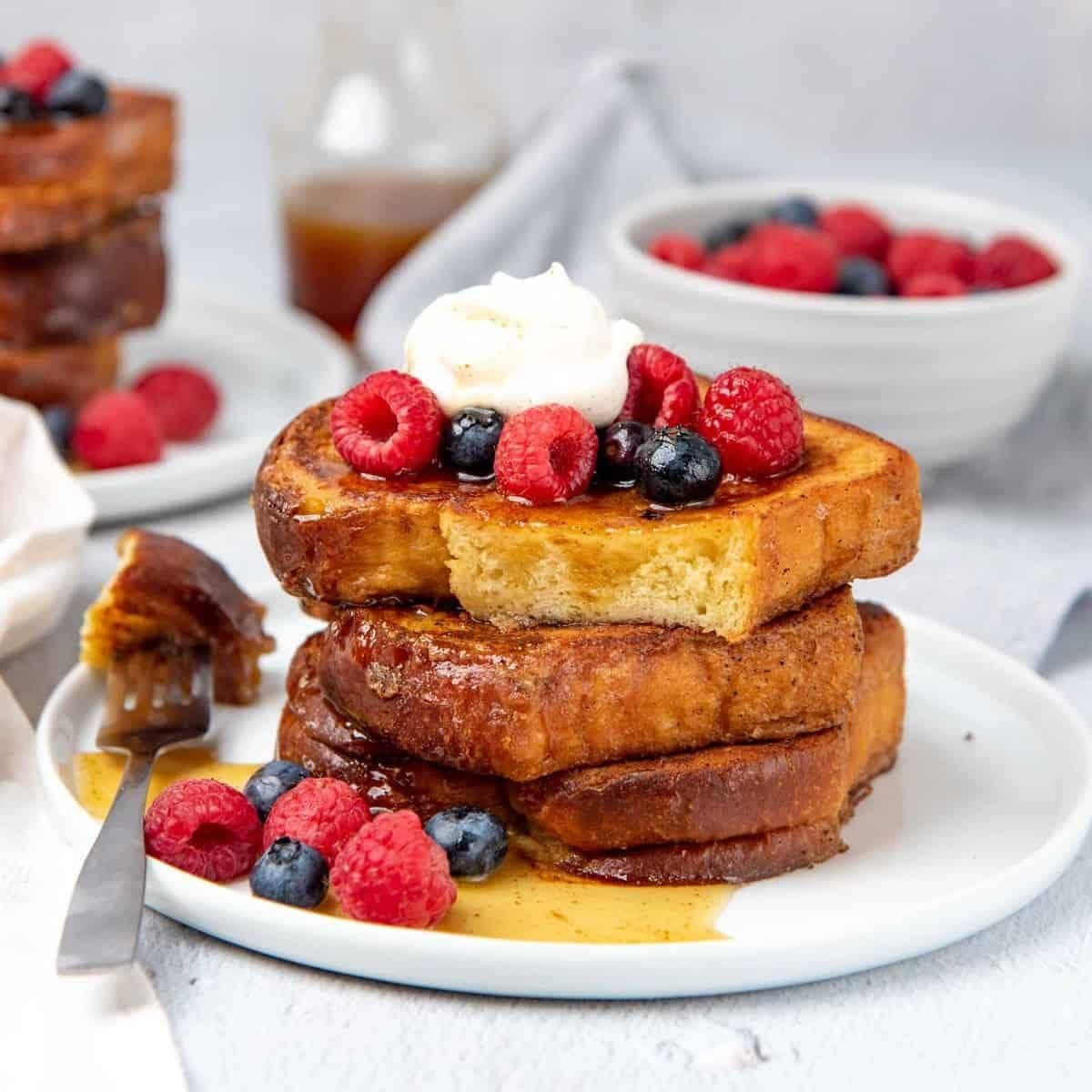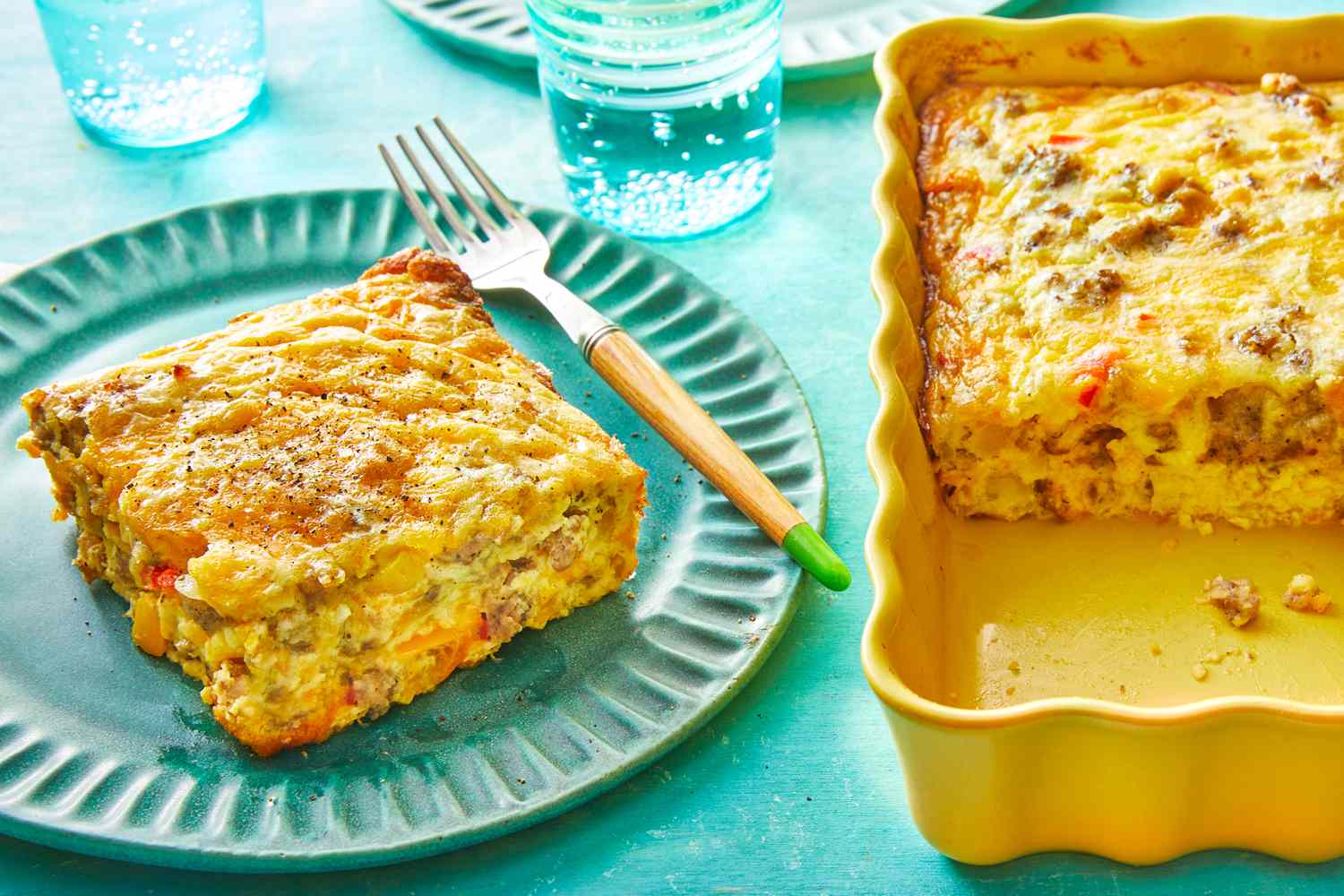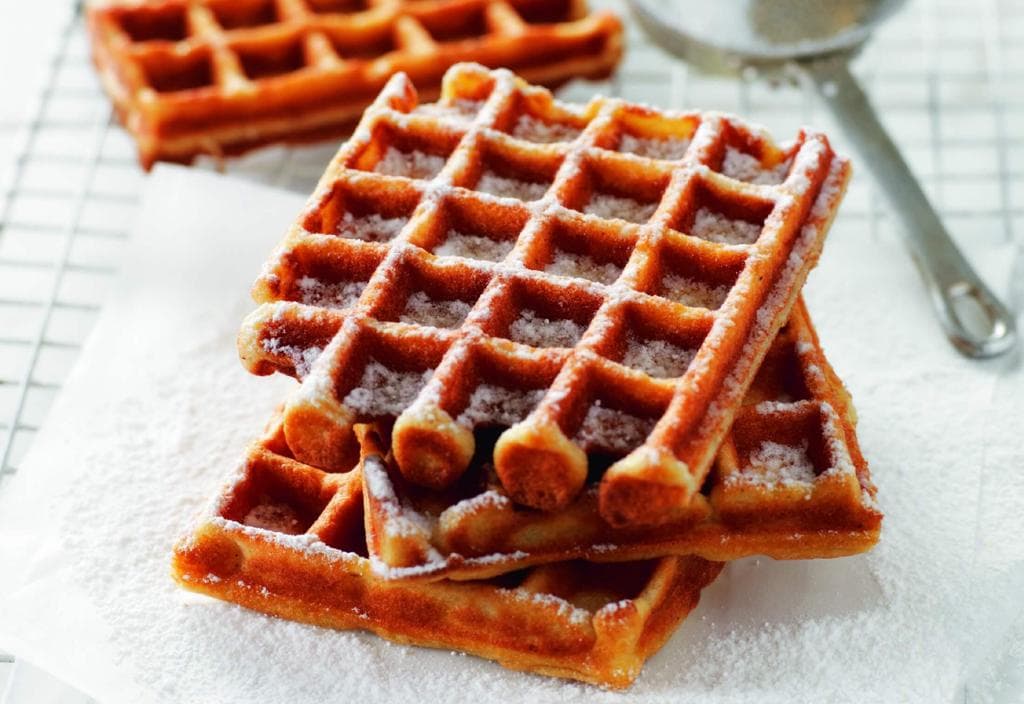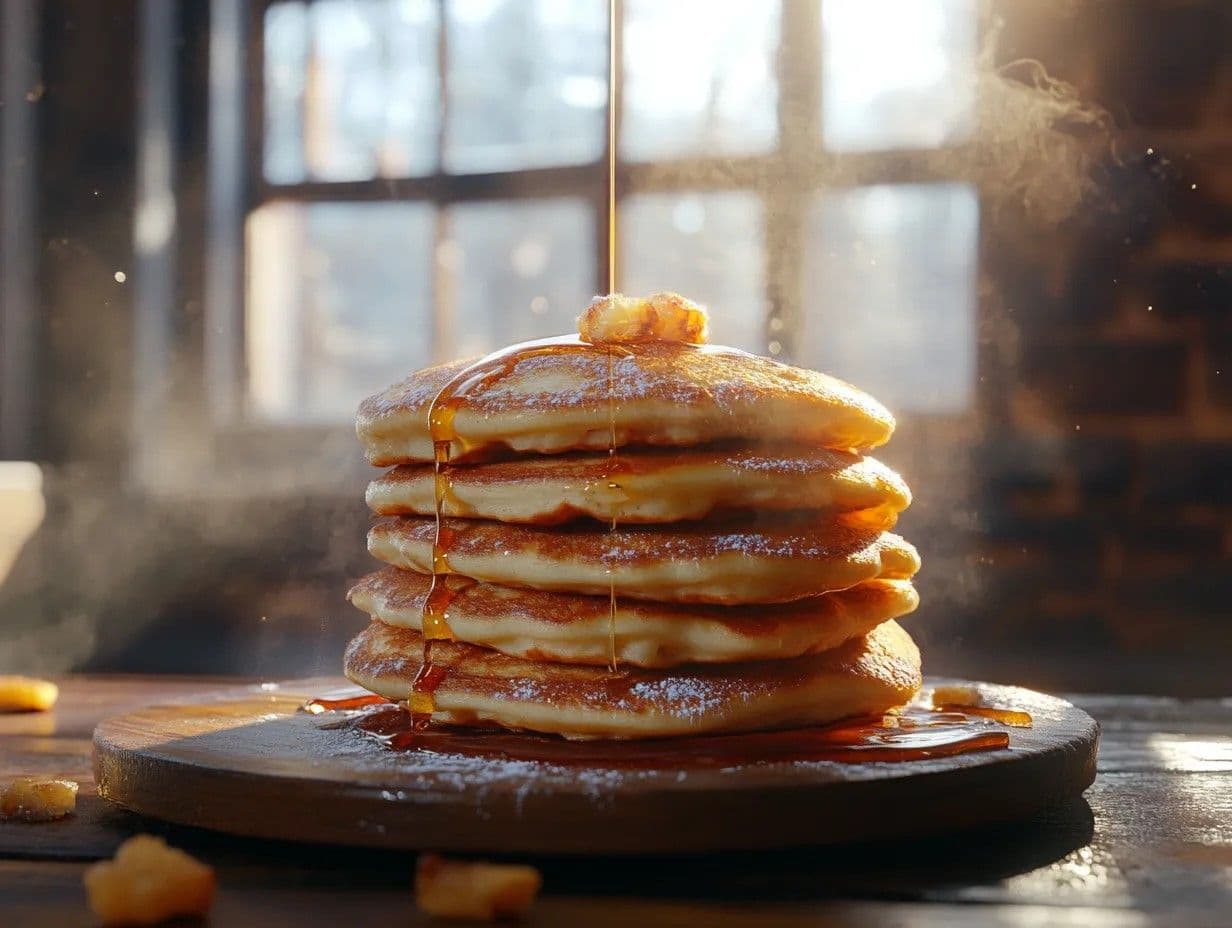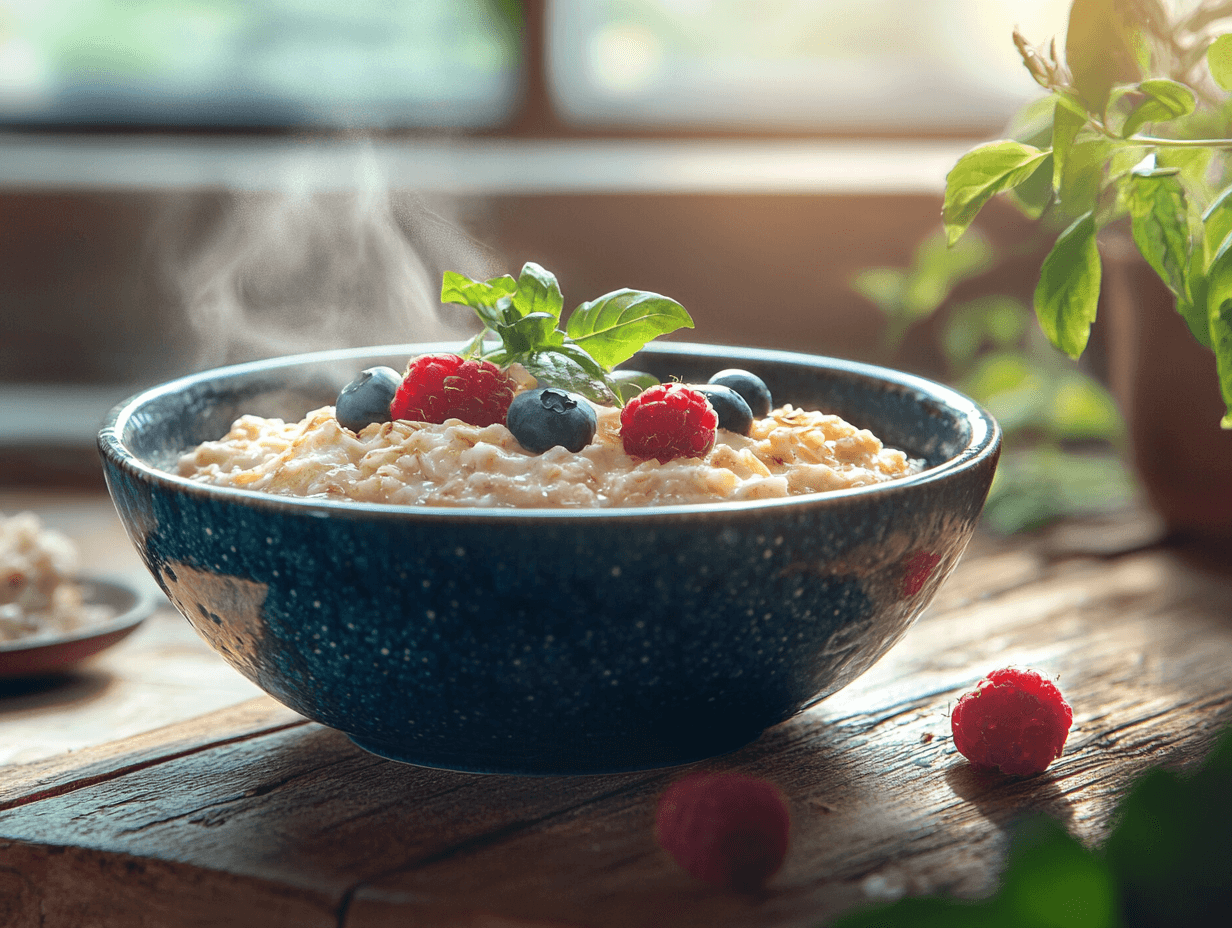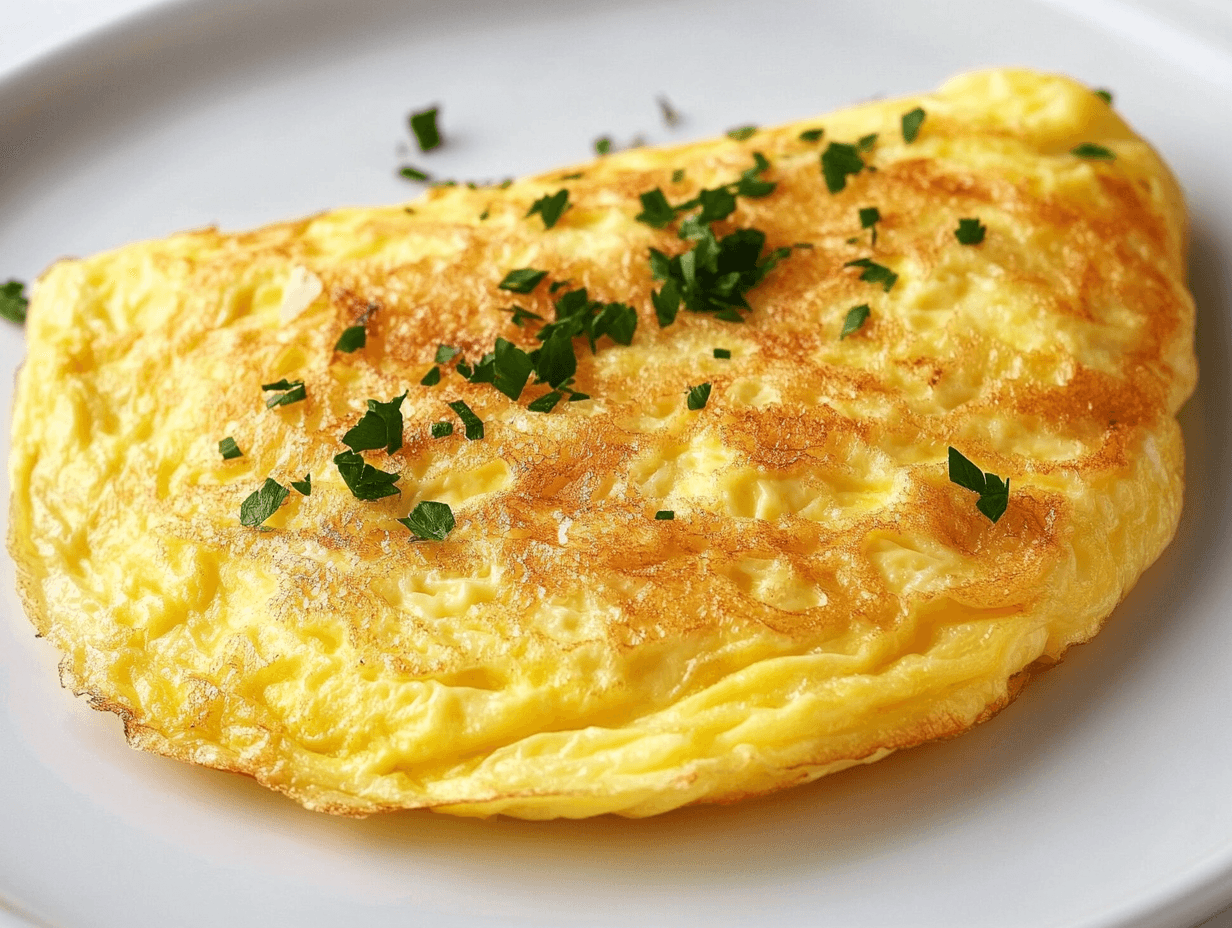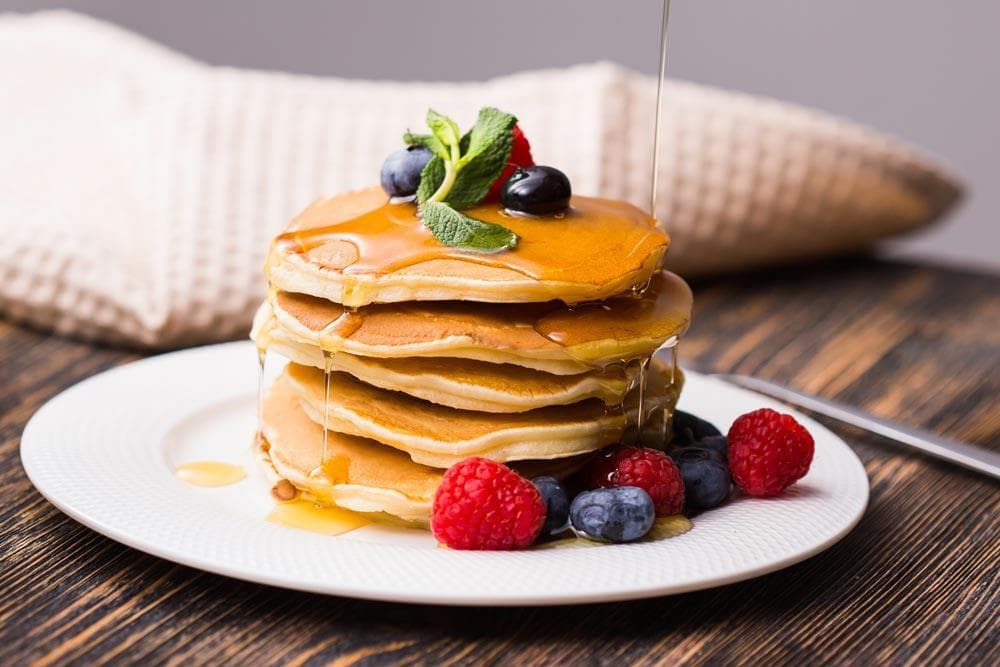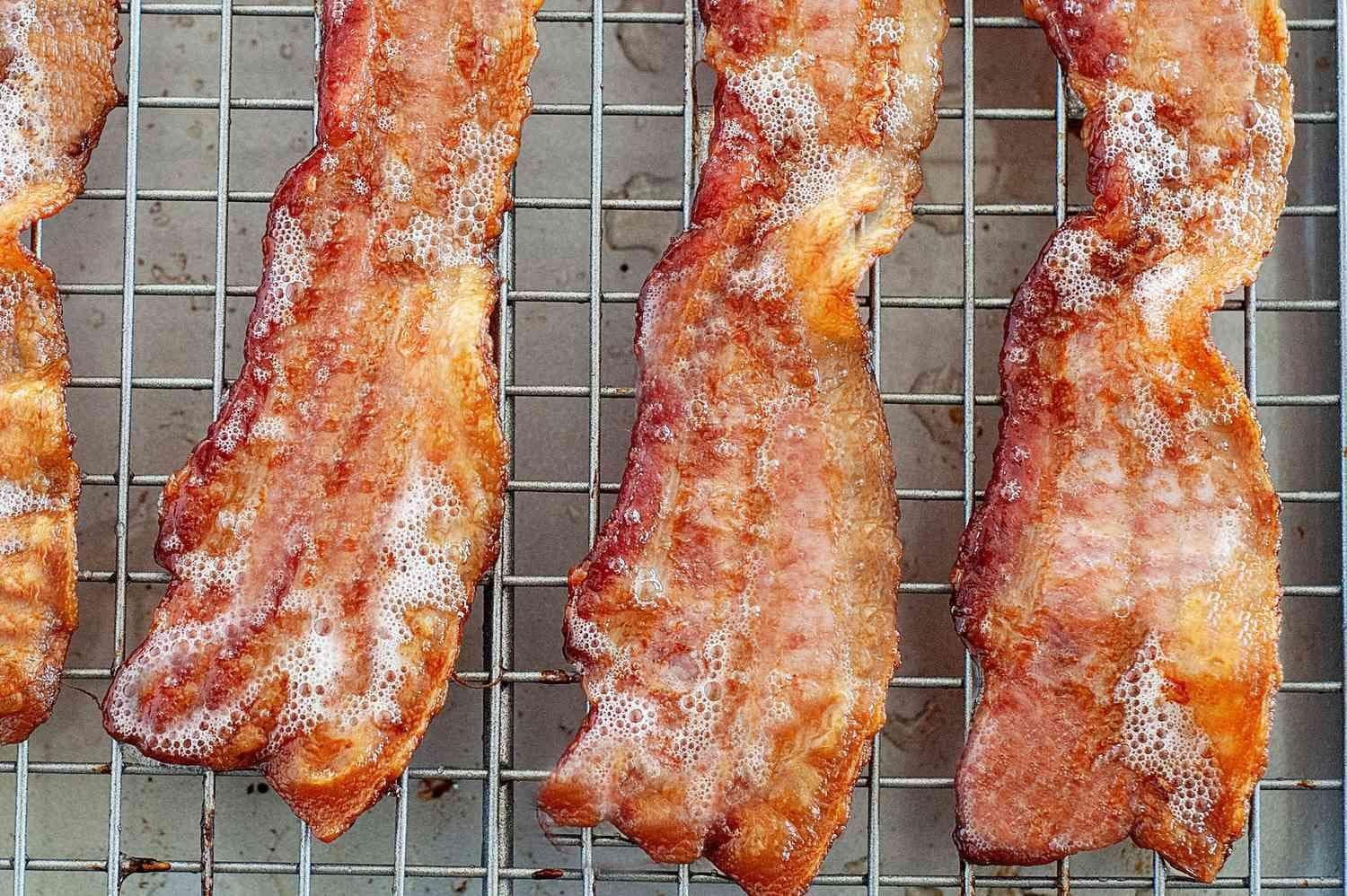The Recipe for Morning Happiness
French toast is more than just a simple breakfast; it’s a delightful way to start the day with a smile. This dish, with its combination of fluffy bread, beaten eggs, and a touch of cinnamon, has become a favorite for lazy mornings and family weekends. Whether you serve it with fresh fruit, a drizzle of honey, or a sprinkle of powdered sugar, French toast always brings a bit of happiness to the table.
This simple and versatile recipe is perfect for experimenting with different flavors and toppings, allowing you to personalize each bite to your taste. Whether you prefer it crispy on the outside and soft on the inside or topped with a variety of ingredients, French toast always delivers on the promise of a comforting and delicious breakfast.

Tips for Choosing the Best Bread for French Toast
Choosing the right bread is one of the most important aspects of making perfect French toast. While almost any type of bread can be used, some work better than others due to their texture and ability to absorb the egg mixture.
Dense breads with a tight crumb, like brioche, challah, or even sourdough, are ideal for making French toast. These types of bread absorb the liquid well without falling apart, resulting in toast that is soft on the inside but with a golden, crispy crust on the outside. Additionally, slightly stale or day-old bread is perfect for this recipe, as it absorbs the egg and milk mixture better, preventing the toast from becoming soggy.
On the other hand, it’s advisable to avoid very soft breads or those with an open crumb, as they tend to fall apart when soaked in the liquid mixture, leading to uneven or overly moist toast.

How Long Should You Soak the Bread?
The time you soak the bread is crucial to achieving French toast that is perfectly balanced between crispy and fluffy. Soaking the bread for the right amount of time allows it to absorb just the right amount of the egg and milk mixture, preventing it from becoming soggy or, on the contrary, dry. Generally, the bread should be soaked for about 20 to 30 seconds on each side. This time is enough for the liquid to penetrate the crumb without the bread losing its structure.
However, the type of bread and its freshness can influence the soaking time. For example, denser breads like brioche or challah may need a little more time, while lighter breads should be soaked for a shorter period. A common mistake is leaving the bread in the mixture for too long, which can cause it to fall apart while cooking and result in soggy French toast. To avoid this, it’s best to soak the bread just before placing it in the hot pan.

Secrets to Really Good French Toast
Making truly great French toast isn’t just about the ingredients; it’s also about mastering a few cooking secrets. These tips will help you achieve that perfect balance between crispy and fluffy:
- Mix well: Make sure to thoroughly whisk the egg and milk mixture so that the flavors are evenly distributed throughout each slice of bread.
- Use butter and oil for frying: This combination allows the toast to brown evenly, adding a delicious flavor and preventing it from sticking to the pan.
- Preheat the pan: It’s crucial that the pan is hot before adding the slices of bread, preventing them from soaking and ensuring perfect cooking.
- Control the heat: Cooking over medium heat ensures that the toast cooks evenly, avoiding burning on the outside and undercooking on the inside, achieving an ideal texture.

Join Me in Making Perfect French Toast
This recipe makes enough for 4 servings of French toast, perfect for a family breakfast. By following these simple steps, you’ll achieve golden and crispy French toast on the outside, yet soft and fluffy on the inside.
Ingredients for French Toast
- 4 slices of bread (preferably brioche or challah)
- 2 large eggs
- 1/2 cup whole milk
- 1/2 teaspoon cinnamon
- 1 teaspoon vanilla extract
- 1 tablespoon butter
- 1 tablespoon vegetable oil
Instructions
Prepare the mixture:
In a large bowl, beat the 2 eggs with the 1/2 cup of milk until fully combined. Make sure the eggs and milk are well mixed to avoid lumps. Then, add the 1/2 teaspoon of cinnamon and the teaspoon of vanilla extract, and continue beating until all the ingredients are well incorporated. This mixture should be smooth and slightly thick, allowing it to adhere well to the bread.
It’s important that the cinnamon and vanilla are evenly distributed throughout the mixture, as they are what give French toast its characteristic flavor. If you prefer a more intense flavor, you can adjust the amount of cinnamon or vanilla to your liking. Also, make sure to use a bowl large enough to dip the slices of bread without difficulty.

Soak the bread
Once the mixture is ready, dip each slice of bread into the bowl, letting it soak for about 20-30 seconds on each side. This time is crucial to allow the bread to absorb the mixture without becoming too soggy. While soaking the bread, be sure to gently press with a fork so that the liquid penetrates the crumb.
If you’re using denser bread like brioche, you can let it soak a few seconds longer to ensure it absorbs enough mixture. However, avoid soaking the bread for too long, as it could fall apart while cooking. The goal is for the bread to be well soaked without losing its shape.

Heat the pan
Heat a large skillet over medium heat before adding the butter and oil mixture. Wait until the pan is hot, which is crucial for achieving good caramelization on the toast. Then, add 1 tablespoon of butter and 1 tablespoon of vegetable oil, allowing them to melt and mix well before adding the bread.
The combination of butter and oil helps prevent the toast from burning and provides a rich flavor and a crispy texture. Make sure the butter doesn’t burn; if it starts to brown too quickly, slightly reduce the heat. The pan should be hot enough for the toast to start cooking immediately upon contact, creating a golden crust.

Cook the bread
Carefully place the soaked bread slices into the hot skillet. Cook each side for 2-3 minutes or until they are golden and crispy on the outside. Avoid moving the slices too much while they cook, as this could prevent the layers from forming properly.
Once one side is golden, flip the slices with a spatula and cook the other side for the same amount of time. It’s important for the toast to cook evenly on both sides to achieve an ideal texture: crispy on the outside and soft on the inside. If you notice the toast cooking too quickly, adjust the heat to prevent burning.

Serve
Once the toast is ready, remove it from the skillet and place it on a plate. It’s recommended to serve it immediately to maintain its crispy texture. You can accompany it with a variety of toppings, such as fresh fruit, honey, maple syrup, or powdered sugar, according to your preference.
For a more attractive presentation, stack the toast and drizzle the toppings evenly. If you want to add an extra touch of flavor, you can sprinkle a little more cinnamon or add a pat of butter on top of the hot toast. This recipe is perfect for enjoying a special breakfast or a weekend brunch.

The Best Ways to Serve French Toast
The way you serve French toast can elevate the experience of enjoying this delicious dish. Choosing the right toppings allows you to enhance the flavor and give a personal touch to each portion. Here are some of the best options to accompany your French toast:
- Maple syrup or honey: A classic that adds a touch of sweetness and complements the fluffy texture of the bread. Maple syrup, in particular, brings a deep, caramelized flavor that contrasts beautifully with the softness of the toast.
- Fresh fruit: Strawberries, blueberries, banana slices, or tropical fruits like mango or pineapple offer a refreshing contrast. The fruits add a burst of flavor and a touch of acidity that balances the richness of the dish.
- Whipped cream or Greek yogurt: Adding a layer of whipped cream or Greek yogurt provides a creamy texture and a slightly tangy flavor. This perfectly complements the sweetness of the toast, creating a delicious balance in every bite.
- Powdered sugar: Sprinkling a bit of powdered sugar over the toast adds a final touch of sweetness. In addition to enhancing the flavor, it also improves the presentation of the dish, giving it a delicate and appetizing look.
- Toasted nuts or almonds: These nuts add a pleasant crunch that contrasts with the softness of the bread. Lightly toasting them before using enhances their natural flavors and adds an extra layer of complexity to each bite.
- Homemade jams: Red fruit or citrus jams bring a more intense fruity flavor. Their acidity and sweetness pair perfectly with French toast, offering a burst of flavor in every bite.

Can You Make French Toast Without Eggs?
It is possible to make French toast without eggs, which is ideal for people with allergies or those following a vegan diet. Although eggs are a key ingredient in the traditional recipe, there are several alternatives that allow you to achieve a similar texture and flavor. A popular option is to use a mixture of chickpea flour with water, which when cooked mimics the consistency and binding properties of eggs.
Another alternative is to use mashed bananas or applesauce, which in addition to giving cohesion to the mixture, adds a touch of natural sweetness to the toast. You can also opt to use plant-based yogurt combined with a bit of plant-based milk to achieve a creamy texture. With these alternatives, you can enjoy delicious egg-free French toast.

Can You Make French Toast with Plant-Based Milk? Does It Taste the Same?
Making French toast with plant-based milk is a great option for those looking for a dairy-free alternative. You can use plant-based milks like almond, coconut, oat, or soy, which offer different characteristics that can affect the flavor and texture of the dish. Almond milk, for example, has a mild, slightly sweet flavor that pairs well with traditional spices like cinnamon and vanilla.
As for the flavor, although it is not identical to whole milk, many people find that plant-based milk adds an interesting and delicious twist to French toast. Additionally, coconut milk can bring a richer texture and an exotic flavor, while oat milk tends to give a creamier consistency. Experimenting with different plant-based milks will allow you to discover new and delicious variations of this classic breakfast.
French Toast for Special Occasions
French toast can be the perfect dish for special occasions, whether it’s a birthday, a family celebration, or a festive brunch. With a few simple and creative adjustments, you can transform this classic breakfast into a memorable culinary experience. For example, you could use brioche or challah bread stuffed with cream cheese and fresh fruit to give it a more sophisticated and decadent touch.
Another option is to prepare a baked version, ideal for serving a large group. You can layer the toast in a baking dish, covered with a mixture of eggs, milk, and cinnamon, and let it sit overnight to absorb all the flavors. Baking it the next day results in a delicious dish with an impressive presentation, perfect for sharing on a special occasion.

How to Store French Toast
If you have leftover French toast or want to prepare it in advance, it’s important to know how to store it properly to maintain its freshness and flavor. Once the toast has cooled to room temperature, place it in an airtight container or wrap it in aluminum foil. You can store it in the refrigerator for 2 to 3 days without losing much of its texture.
To reheat the toast, it’s best to avoid the microwave, as it can make the toast soggy. Instead, use a skillet over medium-low heat or an oven at low temperature to reheat them. This way, they will retain their crispy exterior and fluffy interior. You can also freeze the already cooked toast, separating each slice with wax paper, and then reheat them directly in the oven or toaster.

Frequently Asked Questions
Q: What is the best type of bread for making French toast?
A: Dense breads like brioche, challah, or sourdough work best because they absorb the egg mixture without falling apart. Day‑old bread is even better, as it prevents sogginess and helps create a crispy exterior with a soft inside.
Q: How long should I soak the bread for French toast?
A: Around 20–30 seconds per side is usually enough. This allows the mixture to penetrate the bread without making it too soggy. Denser breads may need slightly more time, while lighter ones should soak less.
Q: Can I make French toast without eggs or dairy?
A: Yes! You can replace eggs with alternatives like chickpea flour and water, mashed bananas, or applesauce. For dairy‑free options, plant‑based milks such as almond, soy, or oat milk give delicious results with slightly different flavors.
Q: How do you store and reheat leftover French toast?
A: Store cooled French toast in an airtight container in the fridge for 2–3 days. To reheat, use a skillet or oven to keep it crispy, avoiding the microwave. You can also freeze slices with wax paper in between for longer storage.
